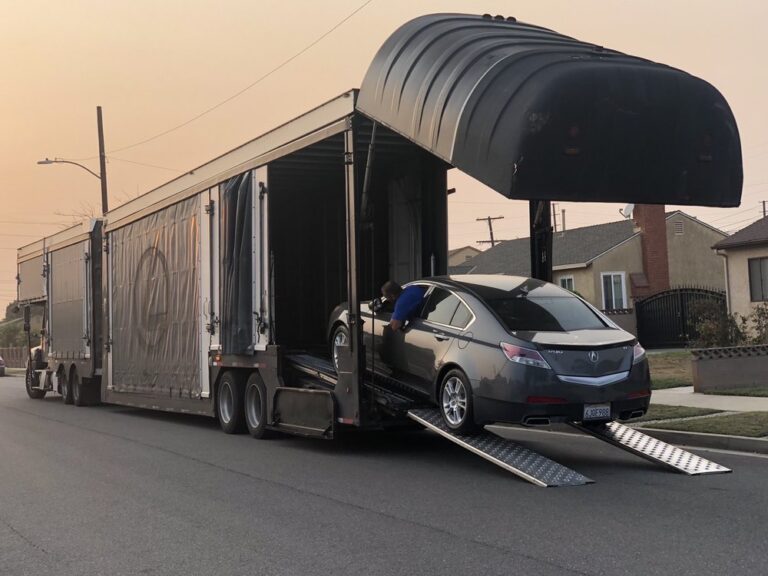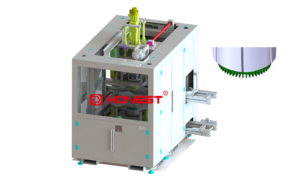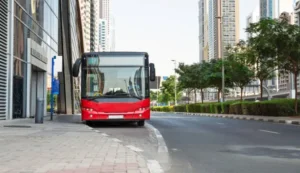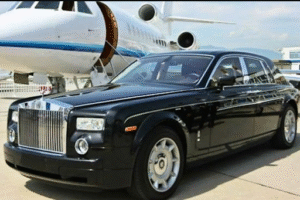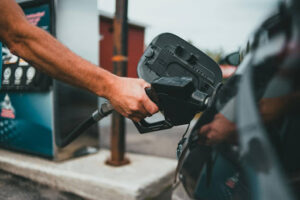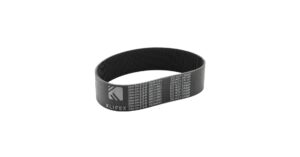When it comes to shipping a vehicle, one of the biggest decisions you’ll face is whether to choose enclosed vehicle shipping or open car transport. Both methods are widely used in the auto shipping industry, but the right choice depends on your priorities, budget, and the type of vehicle you own.
In this guide, we’ll break down the key differences, pros, and cons of enclosed vs. open car transport so you can make an informed decision.
What Is Open Car Transport?
Open car transport is the most common and cost-effective vehicle shipping method. Cars are loaded onto an open trailer—typically with two levels—that can carry multiple vehicles at once.
Pros of Open Car Transport:
- Lower cost compared to enclosed shipping.
- Faster availability since most carriers operate open trailers.
- Efficient for standard vehicles and everyday cars.
Cons of Open Car Transport:
- Vehicles are exposed to weather, dust, and road debris.
- Slightly higher risk of cosmetic damage compared to enclosed trailers.
- Less privacy if shipping a high-value or rare car.
What Is Enclosed Car Transport?
Enclosed car transport uses trailers that are fully covered, protecting vehicles from outside elements. This method is typically chosen for luxury, exotic, vintage, or highly valuable cars.
Pros of Enclosed Car Transport:
- Maximum protection from weather, dirt, and road debris.
- Added security and privacy during transport.
- Ideal for classic or luxury cars where condition is crucial.
Cons of Enclosed Car Transport:
- More expensive—typically 30–60% higher than open transport.
- Limited availability, which may affect scheduling.
- Fewer vehicles per trip, which can increase wait times.
- When you’re weighing open vs. enclosed car transport, also remember that if you’re moving a bike instead of a car, specialised services for Shipping a Motorcycle can offer tailored logistics and peace of mind.
Key Factors to Consider When Choosing
When deciding between open vs. enclosed car transport, think about:
- Vehicle Type – A standard sedan or SUV is usually fine with open transport. Classic or exotic cars may need the extra protection of enclosed shipping.
- Budget – If keeping costs low is a priority, open transport is the way to go.
- Distance & Route – Long-distance or cross-country shipments may expose vehicles to more weather conditions, making enclosed shipping more appealing.
- Peace of Mind – If you want maximum protection and don’t mind the extra cost, enclosed transport offers greater reassurance.
Which Option Is Right for You?
- Choose open car transport if you’re shipping a standard vehicle, want a cost-effective solution, and don’t mind exposure to the elements.
- Choose enclosed car transport if you own a high-value, vintage, or specialty vehicle and need the highest level of protection.
Final Thoughts
Both enclosed and open car transport methods are safe and widely used. The decision ultimately comes down to your vehicle’s value, your budget, and your comfort level. By weighing the pros and cons of each option, you can choose the method that best suits your needs and ensures your car arrives safely at its destination.

